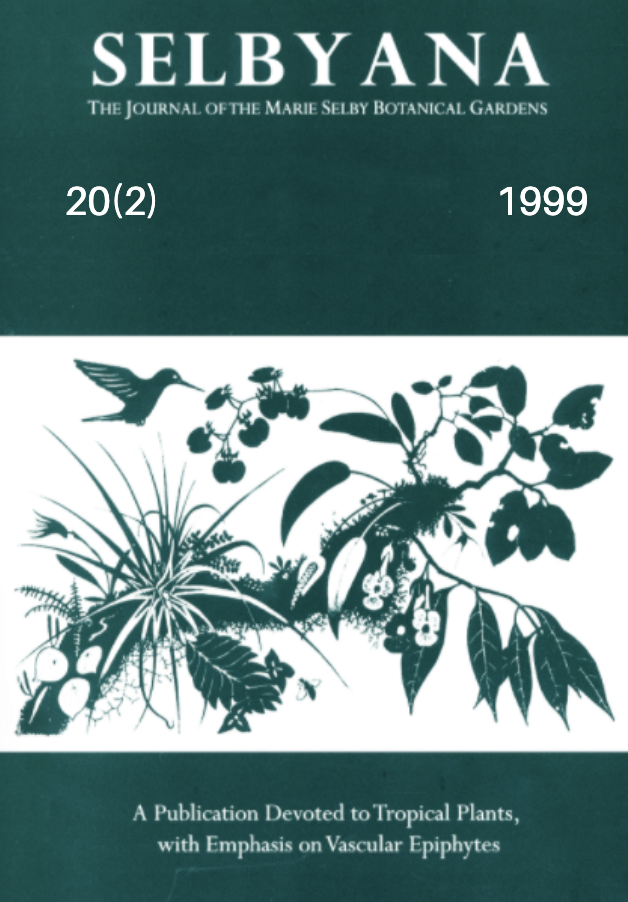Abstract
The canopy fauna of four coniferous tree species was compared with those of four deciduous broad-leaved species from the UK. Sampling was carried out using pyrethrin knockdown and density and species richness data were standardized to 1 m 2 ground area. Quantitative analyses confirm that the canopies of conifers and broad-leafs support defined but very different communities. For example, mean densities of arthropods were significantly higher for conifers (P < 0.001) and when individuals were allocated to feeding guilds, conifers supported proportionately more scavenger/epiphyte feeders whereas broad-leaved trees were dominated by phytophages. The implications of these findings for forest dynamics and herbivore loads are considered. Both groups of trees are dominated by organisms with small body sizes; suggested reasons for this include microclimate and food resources available in the canopy. The species richness of epiphyte feeders and predators was comparable for conifers and broad-leaved trees, however the richness of herbivores was greater on the latter. Woodland specialist species were found in the conifer communities with Pinus sylvestris (Scots pine) supporting a particularly rich and dense fauna. The proportion of canopy specialist species, particularly epiphyte feeders, would be expected to increase with maturity of the trees. Although the communities differed from broad-leaved trees it can be concluded that conifers make valuable habitats for arthropods when grown in plantation and can enhance diversity where natural forest is not available.
Open Access and Copyright Notice
Selbyana is committed to real and immediate open access for academic work. All of Selbyana's articles and reviews are free to access immediately upon publication. There are no author charges (APCs) prior to publication, and no charges for readers to download articles and reviews for their own scholarly use. To facilitate this, Selbyana depends on the financial backing of the Marie Selby Botanical Gardens, the hard work and dedication of its editorial team and advisory board, and the continuing support of its network of peer reviewers and partner institutions.
Authors are free to choose which open license they would like to use for their work. Our default license is the Creative Commons Attribution-NonCommercial 4.0 (CC BY-NC 4.0). While Selbyana’s articles can be copied by anyone for noncommercial purposes if proper credit is given, all materials are published under an open-access license with authors retaining full and permanent ownership of their work. The author grants Selbyana a perpetual, non-exclusive right to publish the work and to include it in other aggregations and indexes to achieve broader impact and visibility.
Authors are responsible for and required to ascertain that they are in possession of image rights for any and all photographs, illustrations, and figures included in their work or to obtain publication or reproduction rights from the rights holders. Contents of the journal will be registered with the Directory of Open Access Journals and similar repositories. Authors are encouraged to store their work elsewhere, for instance in institutional repositories or personal websites, including commercial sites such as academia.edu, to increase circulation (see The Effects of Open Access).
